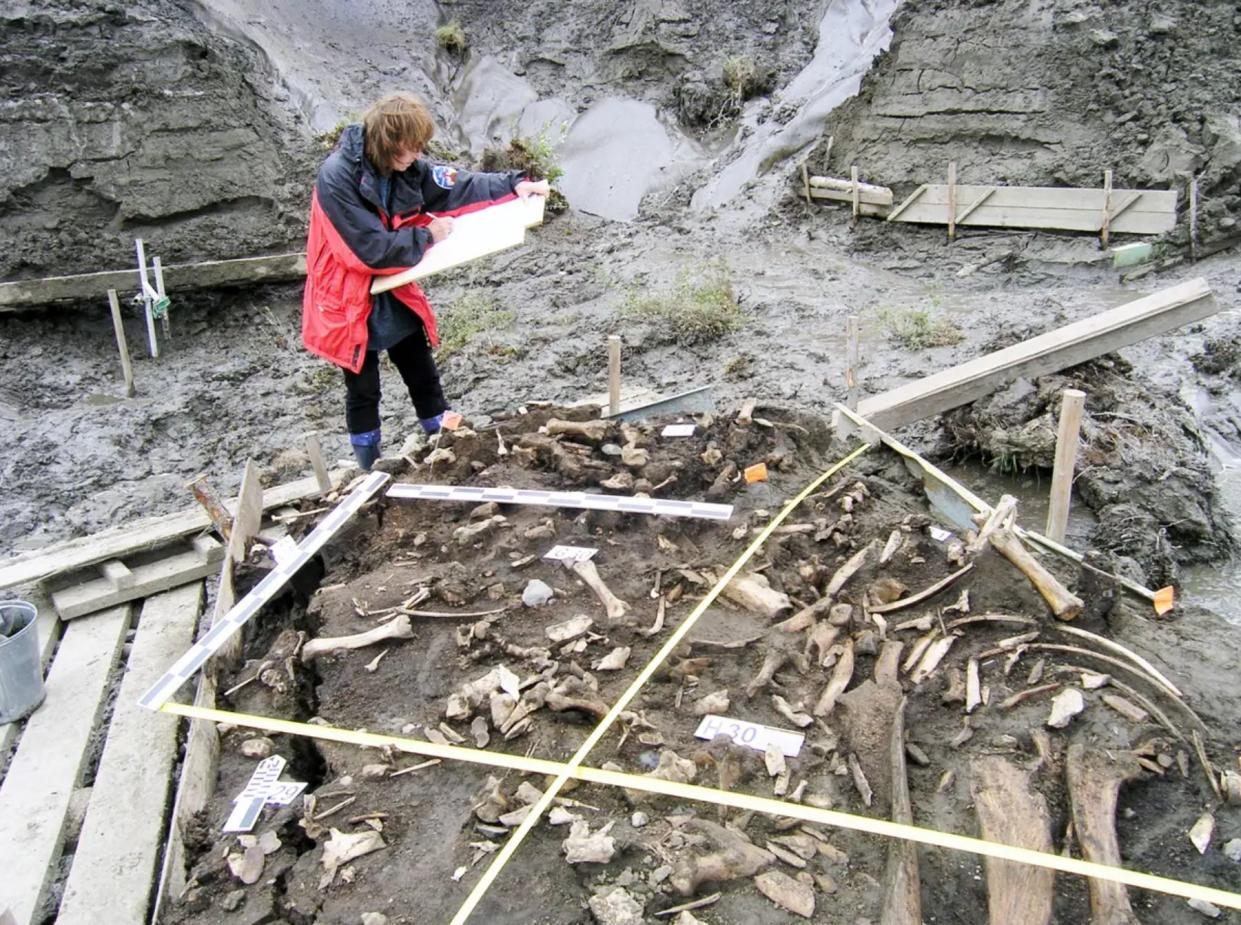Ancient teeth reveal mysterious group of humans living in Siberia 31,000 years ago

A mysterious ethnic group lived in Sibera 31,000 years ago, hunting mammoths and woolly rhinoceroses, DNA analysis of ancient teeth has revealed.
Two children's milk teeth were found buried deep in a remote archaeological site in north eastern Siberia.
The group are thought to have lived in ‘extreme’ conditions - and numbered about 40 individuals - with a wider population of around 500.
Scientists led by Professor Eske Willerslev, of St John's College at Cambridge University, named the new group the 'Ancient North Siberians' and described their existence as 'a significant part of human history'.
The study also found 10,000 year-old human remains in another site in Siberia which are genetically related to Native Americans.

It is the first time such close genetic links have been discovered outside the United States.
The DNA was recovered from the tiny milk teeth found near the Yana River in Russia.
The site, known as Yana Rhinoceros Horn Site (RHS), was found in 2001.
It features more than 2,500 artefacts of animal bones and ivory along with stone tools and evidence of human habitation.
Prof Willerslev said: 'These people were a significant part of human history.
Read more from Yahoo News UK:
Body of missing British tourist found floating in water in Ibiza
German nurse jailed for life for murdering 85 patients
Average person eats up to 120,000 bits of plastic a year
'They diversified almost at the same time as the ancestors of modern day Asians and Europeans and it's likely that at one point they occupied large regions of the northern hemisphere.'
Study first author Dr Martin Sikora, of The Lundbeck Foundation Centre for GeoGenetics at Copenhagen Univeristy in Denmark, said: 'They adapted to extreme environments very quickly, and were highly mobile.
'These findings have changed a lot of what we thought we knew about the population history of north eastern Siberia, but also what we know about the history of human migration as a whole.'


